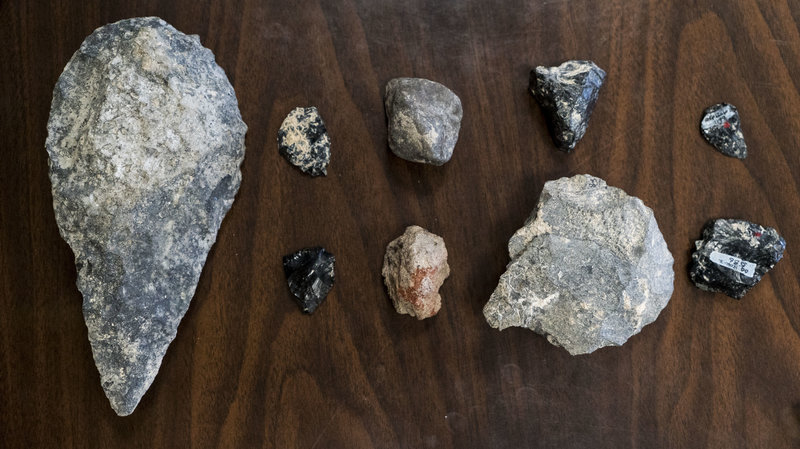
Scientists on a dig in Olorgessaile, in Southern Kenya have found evidence of sophisticated behavior among populations that existed in this part of the world 320,000 years ago. Such behaviours include using color pigments, creating advanced tools and trading for resources with other groups of people. These behaviours were engaged in by the ancestors of modern humans.
320,000 years ago represents roughly the period when Human populations were making the transition to Homo Sapien from earlier archaic species, most likely Homo Heidelbergensis. Olorgesailie in southern Kenya, an area filled with layers of sediment dating back 1.2 million years.
The researchers described ochre pigment that produces a bright red color, and is used for body painting or other symbolic expression. The researchers also described tools fashioned from obsidian, a volcanic rock that yields extremely sharp blades. These blades were far superior to the earlier tools made by more ancient human species.

The researchers found abundant evidence that the obsidian was transferred to the Olorgesailie Basin location from sites up to 55 miles away over rugged terrain, leading them to believe it was acquired from another group through trade although it was unknown what was provided in exchange.
“They may have actually been the behaviors that distinguished our lineage/gene pool from other early human species.”
The team discovered pigment materials, a dark brownish color from manganese and bright red from ochre.
“The choice of importing the ochre from a distance rather than using a more common local material which accomplishes the same purpose argues that having a red face or hair or clothing or weapons also carried a symbolic message of some sort,” said paleoanthropologist Alison Brooks of George Washington University and the museum’s Human Origins Program.
| Kenya History Page |
